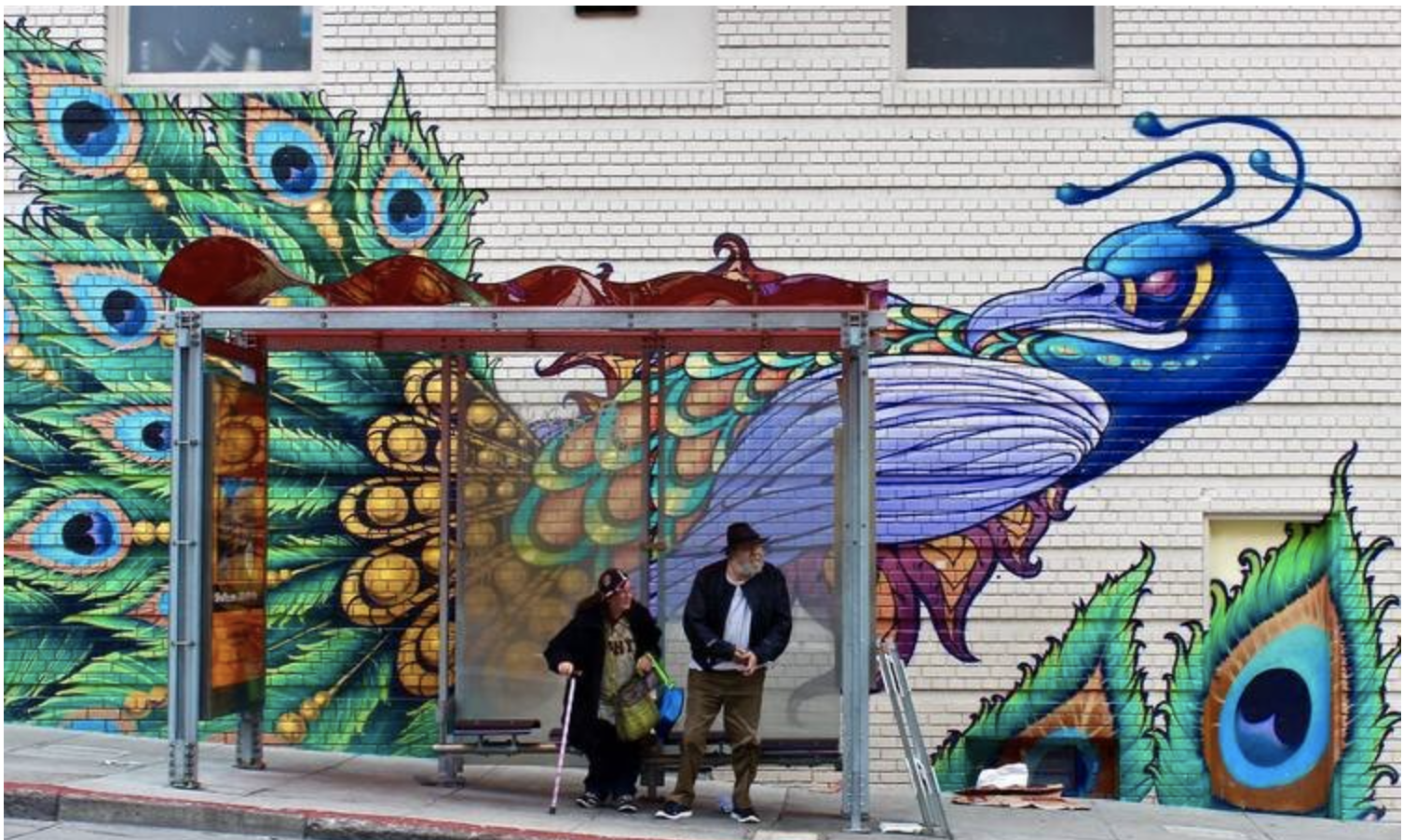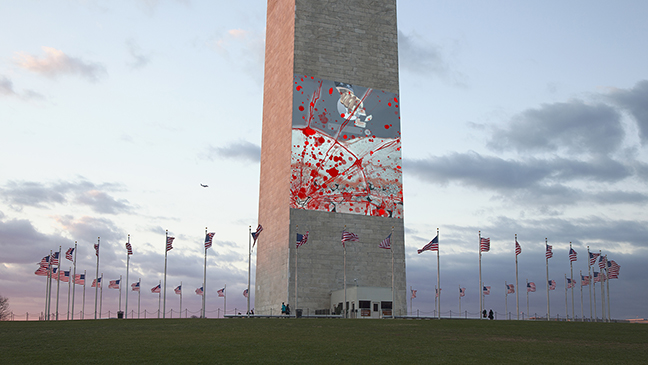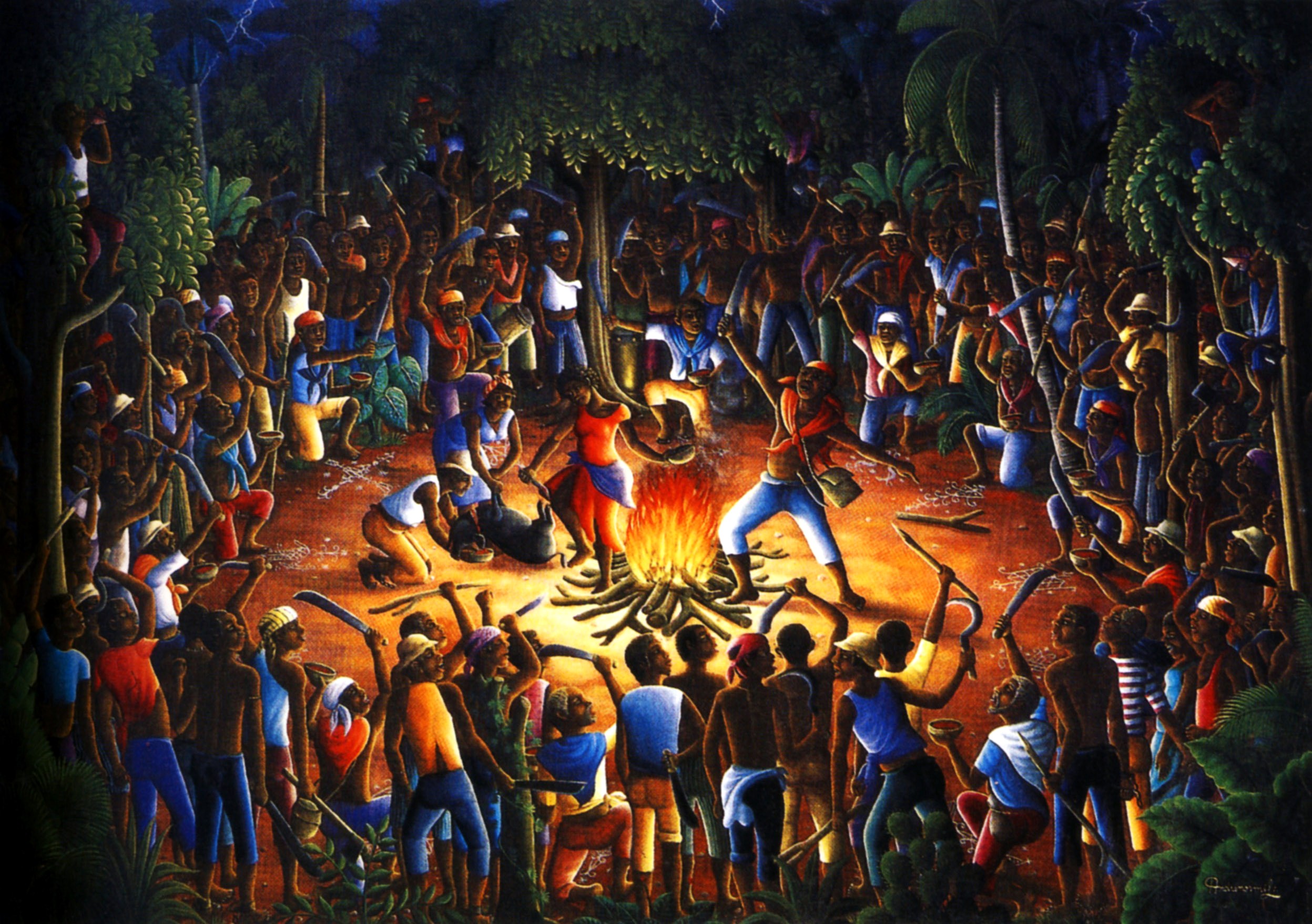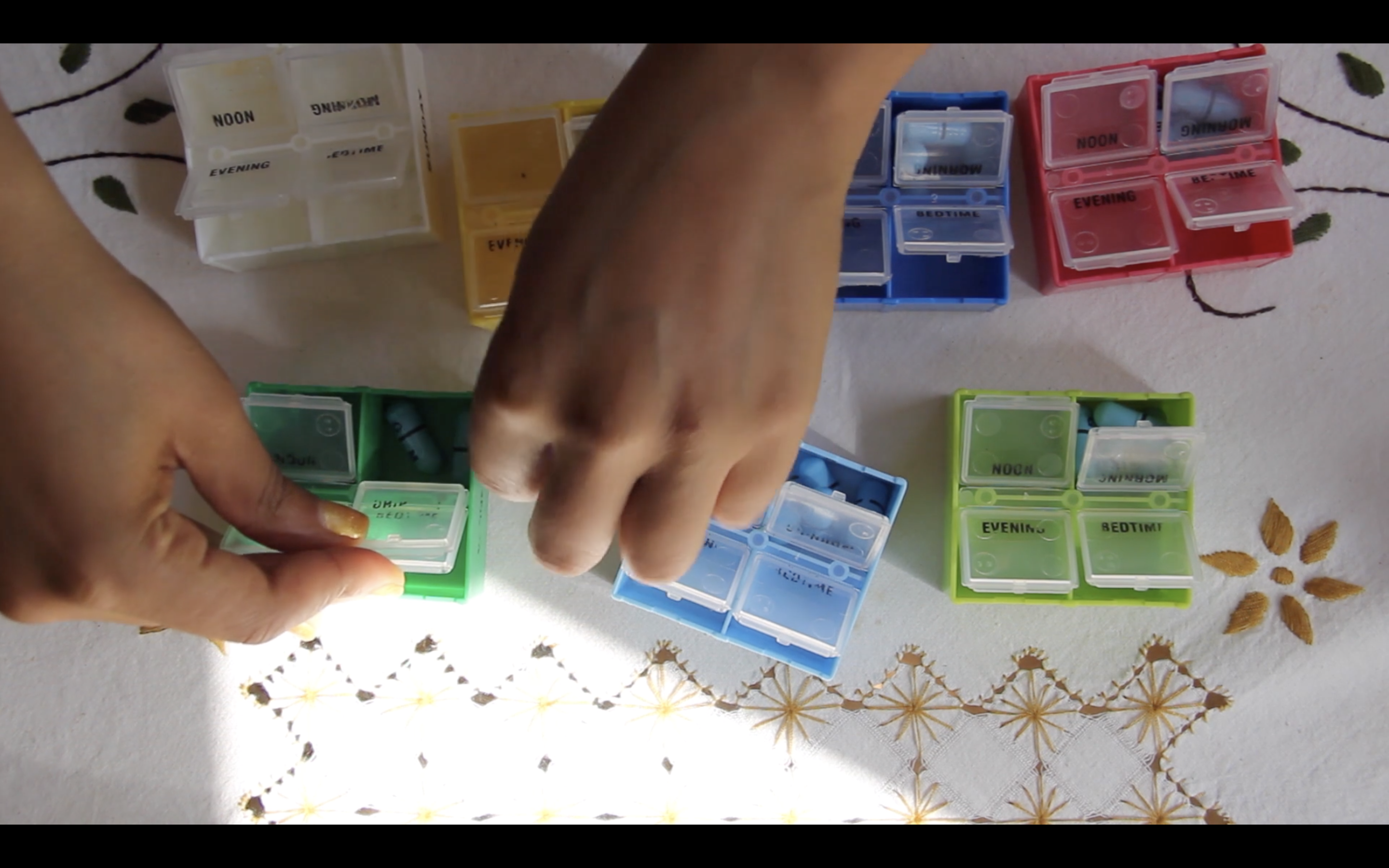
This interdisciplinary course will explore the geopolitics and culture of “Hybrid-ism” The diverse cultural landscape within San Francisco continues to evolve, each new wave of immigration over generations both transform and are transformed through existing world communities creating hybrids of cultural identity or “Hybrid-ism”. This course will research and explore through design and visual art, the social, political, economic and cultural impacts of “Hybrid-ism” within our local immigrant and under-represented communities.
This semester’s concentration will be on the very diversified Tenderloin Neighborhood. Often remarked, “the Tenderloin district is the beating heart of the city, peopled by immigrants, refugees and iconoclasts, artists and activists, sinners and saints”.
The students, through research will learn the rich history of one of San Francisco's most misunderstood neighborhoods. Through connecting with the diverse community activist organizations, performance art cooperatives, students will gain perspective and proximity to the neighborhood’s inhabitants and their every-day lives.
Students will produce personal and individual works of their own creative activism through a discipline of their choice (art, design, architecture, etc.) or use different media (photography, illustration, video etc.) for “documentary storytelling” that reflect an understanding of the impacts of global / local pandemic, racism, economic and cultural displacement; that faces a diversified low-income and underrepresented community such as the Tenderloin. The student work produced in this course will be represented in a book/catalog at the end of the semester.
This semester’s concentration will be on the very diversified Tenderloin Neighborhood. Often remarked, “the Tenderloin district is the beating heart of the city, peopled by immigrants, refugees and iconoclasts, artists and activists, sinners and saints”.
The students, through research will learn the rich history of one of San Francisco's most misunderstood neighborhoods. Through connecting with the diverse community activist organizations, performance art cooperatives, students will gain perspective and proximity to the neighborhood’s inhabitants and their every-day lives.
Students will produce personal and individual works of their own creative activism through a discipline of their choice (art, design, architecture, etc.) or use different media (photography, illustration, video etc.) for “documentary storytelling” that reflect an understanding of the impacts of global / local pandemic, racism, economic and cultural displacement; that faces a diversified low-income and underrepresented community such as the Tenderloin. The student work produced in this course will be represented in a book/catalog at the end of the semester.
- Instructor: Mariella Poli

Telling Stories takes an experimental approach to storytelling, exploring
ways of narrating personal and collective stories in visual media, while focusing on the
development of projects and artistic initiatives that involve the community on various levels from
process to presentation. Emphasis will be on interdisciplinary processes from assemblage and
installation, to sound and performance, creating projects that use research into histories of place
and people as their inspiration and conceptual ground. Presentations, guest lecturers and field
research will examine ways in which art has contributed to the articulation of ethnic identity,
exploring the power of storytelling in bringing communities together, expanding understanding
and creating social change.
ways of narrating personal and collective stories in visual media, while focusing on the
development of projects and artistic initiatives that involve the community on various levels from
process to presentation. Emphasis will be on interdisciplinary processes from assemblage and
installation, to sound and performance, creating projects that use research into histories of place
and people as their inspiration and conceptual ground. Presentations, guest lecturers and field
research will examine ways in which art has contributed to the articulation of ethnic identity,
exploring the power of storytelling in bringing communities together, expanding understanding
and creating social change.
- Instructor: Taraneh Hemami
Course Description: Primeval Intersection is an immersive performance workshop centered on utilizing the body as a vehicle for artistic, political, spiritual, and social expression.
Drawing from Jungian and Gestalt psychological principles, as well as experimental theater techniques, this course provides students with a liberated and supportive space for creative exploration within a community framework.
Rooted in non-Western concepts of art as ritual and integral to communal life, the primary objective of this course is to understand collective performance practices and foster harmony by delving deeply into individual identities.
Designed for art students seeking to embrace public performance and conquer stage anxieties, this course offers both a challenge and an opportunity for personal growth. However, if performing in front of others feels uncomfortable, this course may present either a compelling challenge or a readiness hurdle.
The course concludes with the creation of a performance video at the semester's end. All sessions will be conducted online
Drawing from Jungian and Gestalt psychological principles, as well as experimental theater techniques, this course provides students with a liberated and supportive space for creative exploration within a community framework.
Rooted in non-Western concepts of art as ritual and integral to communal life, the primary objective of this course is to understand collective performance practices and foster harmony by delving deeply into individual identities.
Designed for art students seeking to embrace public performance and conquer stage anxieties, this course offers both a challenge and an opportunity for personal growth. However, if performing in front of others feels uncomfortable, this course may present either a compelling challenge or a readiness hurdle.
The course concludes with the creation of a performance video at the semester's end. All sessions will be conducted online
- Instructor: Guillermo Galindo

Course Overview
This course explores murals as public living spaces, visual geographical multi-layered zones for political activism, social/cultural awareness and aesthetic advancement. Starting with Mexican social realist painters from the early 1930’s to the present murals brought forth from the BLM movement, we will look at these installations as sources of meaning and forms of social justice activism. We ask, what is the role of mural art as it is displayed strategically in public spaces? Where does public space become available and to whom? Who claims public spaces and how? How do we define public space and who has the authority to have a voice and be heard in the public realm and why?
As a final and culminating project students will be asked to create a virtual mural design within assigned collaborative groups. Students are challenged to make claims and defend them through writing exercises, research, and design. We will dig into the issues of legality and illegality, and how to occupy intermediary spaces. Subject matter and content will guide course work and discussions including an exploration of composition and design elements as they relate to delivery. What political and social issues inform your voice? What message do you need to communicate? Previous examples will be available.
To help you gain insight we will focus on some overarching ideas: What are your aesthetic choices as they relate to history and your own experiences? How does what you’ve learned about using art as a form of community voice and expression impact your perspective on the role of art?
Also, as we begin to emerge from online learning into a more hybrid space, we will be traveling to mural sites in Oakland for our continuous aesthetic edification. We will also be traveling to a number of “in process” mural sites so that students will have hands-on experience working on walls and assisting in the design and creation of a “living” mural. This means that we will be meeting often off campus, that students need to be prepared to plan traveling to these locations that are to be determined and explained in Moodle. Other details will be further revealed in Moodle and in class as our classwork is fluid.
Critical Ethnic Studies courses introduce students to the interrelations between race/ethnicity, art making and design practices. These courses complement the Diversity Studies Seminars with their hands-on approach in which themes of ethnic identity are incorporated into studio and community practices.
This course explores murals as public living spaces, visual geographical multi-layered zones for political activism, social/cultural awareness and aesthetic advancement. Starting with Mexican social realist painters from the early 1930’s to the present murals brought forth from the BLM movement, we will look at these installations as sources of meaning and forms of social justice activism. We ask, what is the role of mural art as it is displayed strategically in public spaces? Where does public space become available and to whom? Who claims public spaces and how? How do we define public space and who has the authority to have a voice and be heard in the public realm and why?
As a final and culminating project students will be asked to create a virtual mural design within assigned collaborative groups. Students are challenged to make claims and defend them through writing exercises, research, and design. We will dig into the issues of legality and illegality, and how to occupy intermediary spaces. Subject matter and content will guide course work and discussions including an exploration of composition and design elements as they relate to delivery. What political and social issues inform your voice? What message do you need to communicate? Previous examples will be available.
To help you gain insight we will focus on some overarching ideas: What are your aesthetic choices as they relate to history and your own experiences? How does what you’ve learned about using art as a form of community voice and expression impact your perspective on the role of art?
Also, as we begin to emerge from online learning into a more hybrid space, we will be traveling to mural sites in Oakland for our continuous aesthetic edification. We will also be traveling to a number of “in process” mural sites so that students will have hands-on experience working on walls and assisting in the design and creation of a “living” mural. This means that we will be meeting often off campus, that students need to be prepared to plan traveling to these locations that are to be determined and explained in Moodle. Other details will be further revealed in Moodle and in class as our classwork is fluid.
Critical Ethnic Studies courses introduce students to the interrelations between race/ethnicity, art making and design practices. These courses complement the Diversity Studies Seminars with their hands-on approach in which themes of ethnic identity are incorporated into studio and community practices.
- Instructor: Amana Harris
- Instructor: Jack Leamy

Sacred art practices can serve as a bridge between the worlds. Dances can embody spirit energies. Visual arts can invite spirit into the physical realm. Ritual can bring the spirit into an object and provide protection.
Lectures, readings, film, artist works and community engagement introduce students to the philosophies and aesthetics of the sacred art practices in the African Diaspora.
We journey together between worlds, to understand aesthetics amongst African-descended peoples for their cultural, narrative, spiritual and historical multiplicities. We will meet with Artists/Healers from an Ile (House in Yoruba) and explore how respectful participation in ritual work can be used safely and effectively to deepen our own studio practices. Students will develop and implement three interdisciplinary projects and the final is optionally collaborative. To avoid engaging in cultural appropriation, I ask that you identify your strongest ethnic lineage as an entry point to all creative actions. All majors are welcome.
Lectures, readings, film, artist works and community engagement introduce students to the philosophies and aesthetics of the sacred art practices in the African Diaspora.
We journey together between worlds, to understand aesthetics amongst African-descended peoples for their cultural, narrative, spiritual and historical multiplicities. We will meet with Artists/Healers from an Ile (House in Yoruba) and explore how respectful participation in ritual work can be used safely and effectively to deepen our own studio practices. Students will develop and implement three interdisciplinary projects and the final is optionally collaborative. To avoid engaging in cultural appropriation, I ask that you identify your strongest ethnic lineage as an entry point to all creative actions. All majors are welcome.
- Instructor: Shylah Hamilton

DIVST-3000-12: Catalyst for Change
Spring_2022
Critical Ethnic studies program- Studio
Mode – Online
Pallavi Sharma, Ph.D.
pallavisharma@cca.edu
ph. 925 964 7374
Meetings – Tuesday 7pm to 8:55 pm
Prerequisites
You need to complete the following first year CORE and H&S requirements before advancing further in your major; Drawing 1, 2D, 3D, 4D, Writing 1, Foundations in Critical Studies, Intro to the Arts and Intro to the Modern Arts. Junior standing.
DIVST - 300 - General Course Description
Diversity Studies Studios introduces students to the interrelations between race/ethnicity, art-making and design practices. These courses complement the Diversity Studies Seminars with their hands-on approach in which themes of ethnic identity are incorporated into studio and community practices.
Course Description: The course investigates how present-day Asian American artists are contesting societal assumptions and subverting stereotypes through their socially engaged art practices and participation in local as well as global social movements. The students will create art projects with strong sociological and political bends, which address the undercurrent problems related, but not limited to, class gender and ethnicity. Through virtual gallery/studio visits, reviews, online exchanges, and discussions with the members of cultural and artistic Asian American collectives, students will learn a critical and conceptual framework to examine the body of works of selected artists and will learn to understand the strategies of resistance and empowerment movements.
Spring_2022
Critical Ethnic studies program- Studio
Mode – Online
Pallavi Sharma, Ph.D.
pallavisharma@cca.edu
ph. 925 964 7374
Meetings – Tuesday 7pm to 8:55 pm
Prerequisites
You need to complete the following first year CORE and H&S requirements before advancing further in your major; Drawing 1, 2D, 3D, 4D, Writing 1, Foundations in Critical Studies, Intro to the Arts and Intro to the Modern Arts. Junior standing.
DIVST - 300 - General Course Description
Diversity Studies Studios introduces students to the interrelations between race/ethnicity, art-making and design practices. These courses complement the Diversity Studies Seminars with their hands-on approach in which themes of ethnic identity are incorporated into studio and community practices.
Course Description: The course investigates how present-day Asian American artists are contesting societal assumptions and subverting stereotypes through their socially engaged art practices and participation in local as well as global social movements. The students will create art projects with strong sociological and political bends, which address the undercurrent problems related, but not limited to, class gender and ethnicity. Through virtual gallery/studio visits, reviews, online exchanges, and discussions with the members of cultural and artistic Asian American collectives, students will learn a critical and conceptual framework to examine the body of works of selected artists and will learn to understand the strategies of resistance and empowerment movements.
- Instructor: Pallavi Sharma


